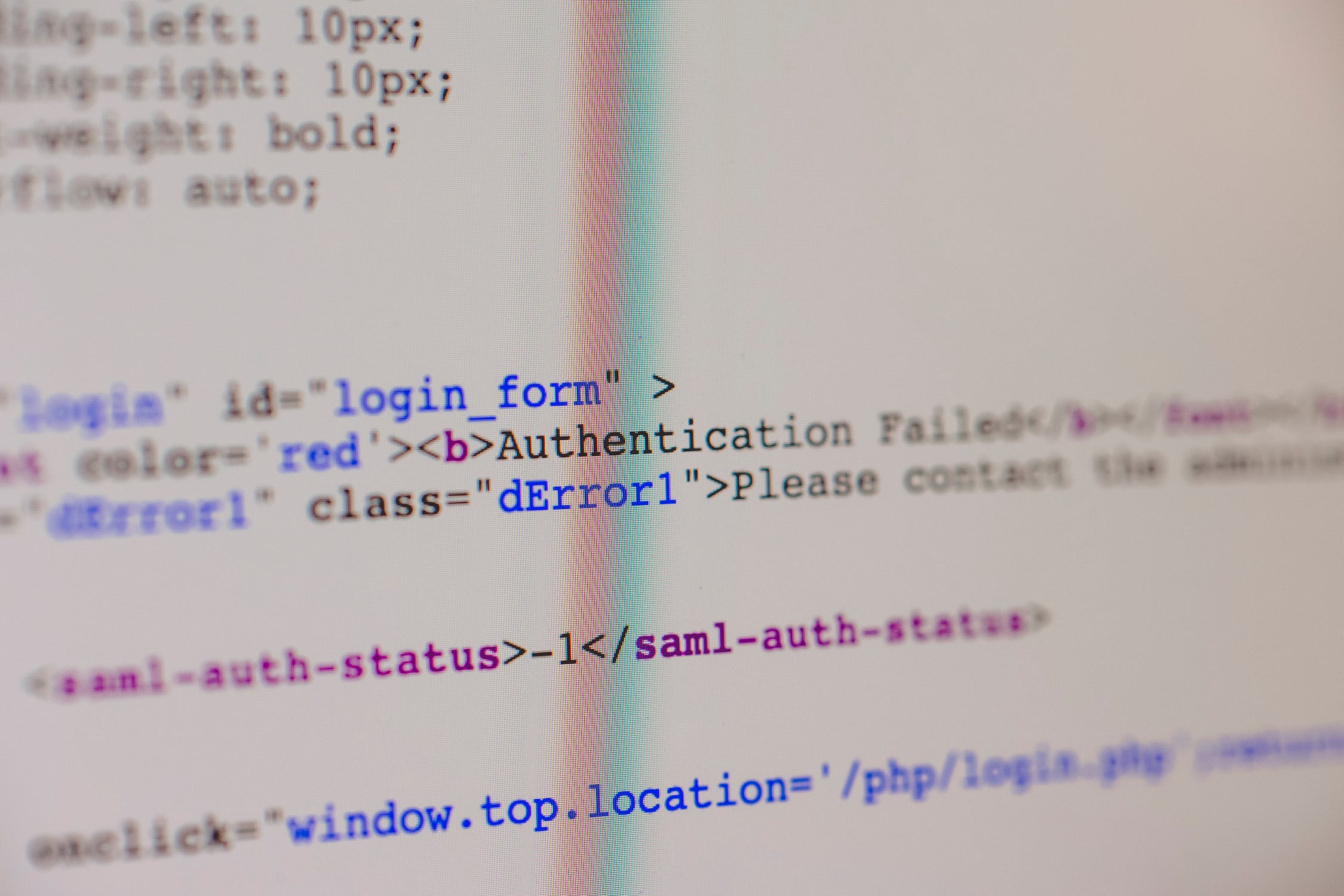Boosting Backend Development Efficiency: Utilizing Pull Request Checklists
Michael Colley3 min read
For backend development, code quality, and efficient functionality are key. Implementing a pull request checklist can significantly improve the efficiency and reliability of your backend development workflow. Here's a checklist designed for backend engineers:
Code Quality
1 2 3 4 5 6 7 8 9 10 11- [ ] Does the code follow the best practices for the language (Java, Python, Node.js etc.)? - [ ] Is the code maintainable, efficient, and easy to understand? - [ ] Are there any redundant or unnecessary lines of code? - [ ] Have potential security vulnerabilities been addressed? ### Functionality and Performance ```markdown - [ ] Does the code meet the requirements of the task or service? - [ ] Have edge cases been considered, especially for data input and processing? - [ ] Have potential performance issues been addressed, especially for data-intensive tasks or services?
Testing
1 2 3- [ ] Are there appropriate unit and integration tests? - [ ] Do the tests cover all possible scenarios? - [ ] Has the code been tested in different environments?
Documentation
1 2 3- [ ] Is the code adequately documented, including comments and README files? - [ ] Are all comments accurate and up-to-date? - [ ] Are there any missing or outdated files or instructions?
Miscellaneous
1 2 3- [ ] Have all TODOs or FIXMEs been addressed? - [ ] Is the naming consistent with the team's conventions? - [ ] Are there any unnecessary dependencies that could affect deployment or performance?
In the intricate world of backend development, a pull request checklist ensures that your tasks and services remain robust and efficient. Utilizing tools like Pull Checklist can help create and manage these checklists, ensuring your pull requests maintain the highest standards.
Sign up to the Pull Checklist 14 day free trial today via the GitHub marketplace.
